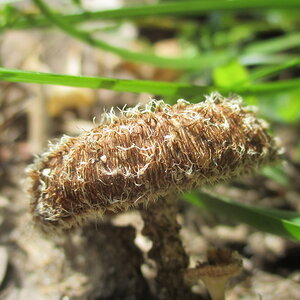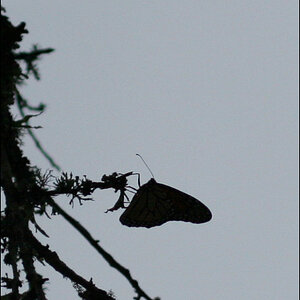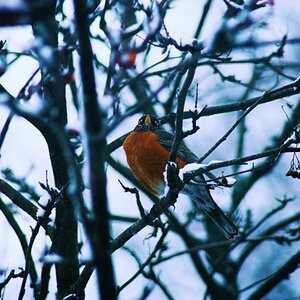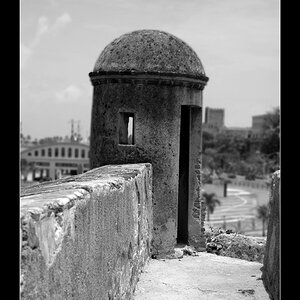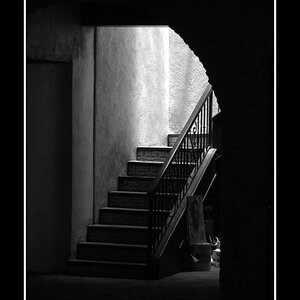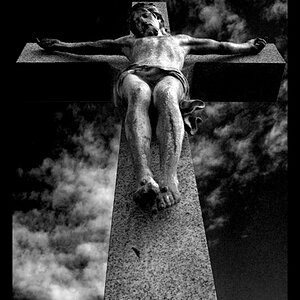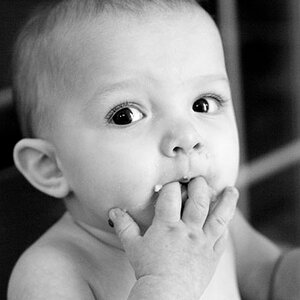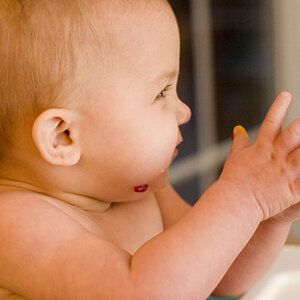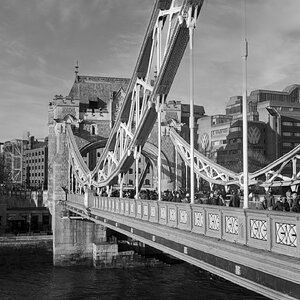peaceluvr
TPF Noob!
- Joined
- Apr 24, 2009
- Messages
- 4
- Reaction score
- 0
- Can others edit my Photos
- Photos NOT OK to edit
I just bought a Canon Rebel XSI after shooting with a Sony Cybershot DSC-H5 point and shoot for several years. When I put the Canon in macro mode, the flash pops up. When I put the Sony in macro mode, the flash does not pop up. (This is shooting the same subject.)
Considering that macro mode on both cameras doesn't allow you to change any settings, this seems inconsistent.
What could be going on? How can I prevent the Canon macro mode from using flash?
Considering that macro mode on both cameras doesn't allow you to change any settings, this seems inconsistent.
What could be going on? How can I prevent the Canon macro mode from using flash?



